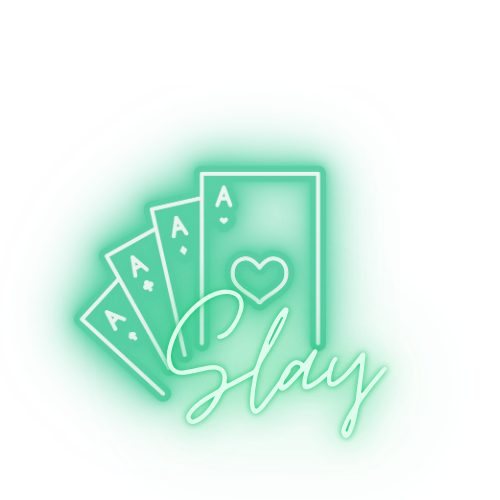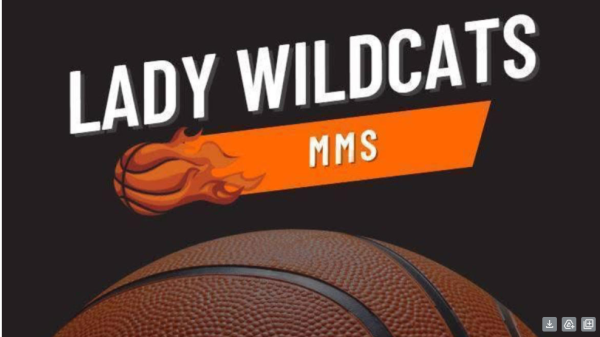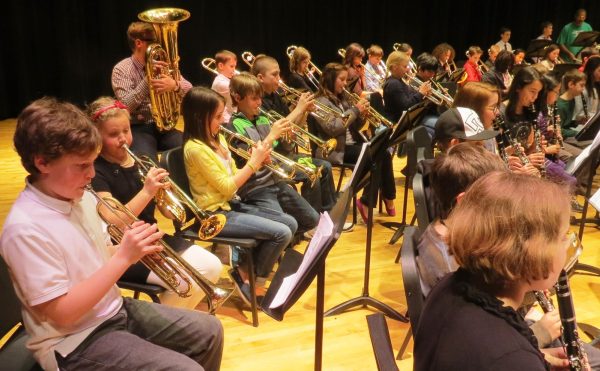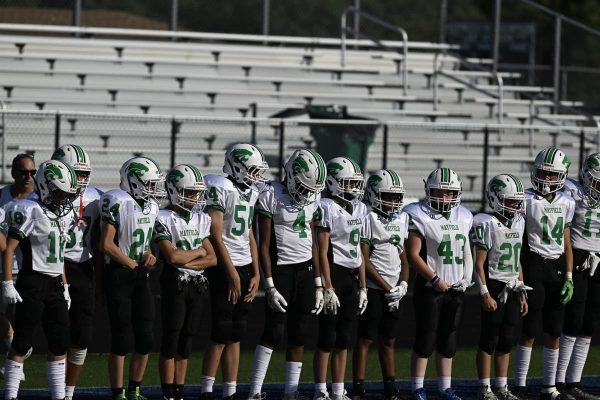Eighth graders use Crazy Traits to learn genetics
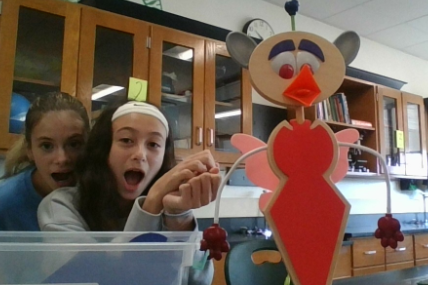
The eighth grade is learning about genetics and traits in science class. To learn, they did a “Crazy Traits” activity, which offers a hands-on approach to the learning about genetics and heredity.
In the activity students first flip coins to determine genotypes. Then they use this information to create phenotypes, which is what we see. The students then build an ‘alien creature’ with the box’s contents.
The box includes variations of:
1 body that can be flipped for each gender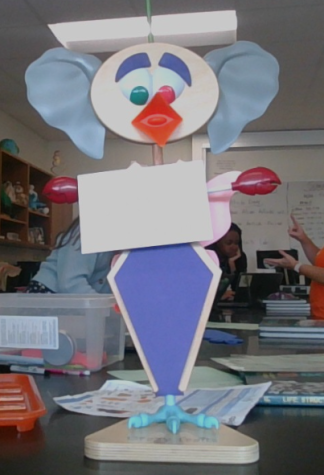
3 different foam pieces are used for skin color
2 different leg lengths
2 different sets of feet
2 different lengths of arms
2 different sets of hands
3 different options for eye color
2 options for either unibrow or eyebrow
2 different beaks
2 different ears
2 different antenna lengths
2 different antenna shapes
2 lengths of tails
1 option of wings or no wings
Then, students use a spreadsheet of what genotype goes to what phenotype. This is when each student’s creature starts to become unique.
For fun, students can also name their creatures. Some names from this year’s class were Littel Albert, Arrabella, Karen, Fred, Sasha Spaghetti, and Billy Bob Joe.
Students then walked around the room to see how each creature was different from the others and the parents’. Students then answered questions about the offspring. Some of the questions include, “How does this investigation explain why offspring may resemble their parents, but never look exactly like them?”, and “How does this investigation explain why, in sexual reproduction, siblings may resemble each other, but never look exactly alike?”
Students also have questions about the probability of each gene and how they can’t be the same.
The goal of the activity is to see how the genes of an offspring can differ. And this will teach how there are many possibilities for the looks of an offspring.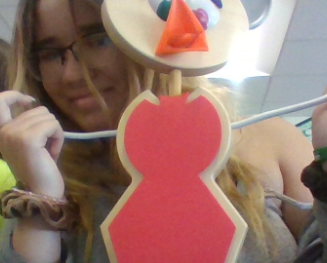
Both Mr. Dick and Mr. Stephens said the students enjoyed the lab. Mr. Dick said “generally it’s positive” when asked about how the student reacted.
Mr. Stephens said it’s, “interesting because they dig into what the different traits are” when asked if the students liked it.
Both teachers talked about the fact that it was silly, hands-on, and just fun, in general, made the activity more engaging. When an activity is hands-on and ever-changing students will always have something to do.
MMS has been doing the activity for several years to offer a more hands-on activity to bring Punnett squares and genetics to life. When looking in a catalog, the teachers came across Crazy Traits Lab.
Teachers think the activity is a good way to learn more about genetics and DNA. This is because it takes the proof on paper and makes it a real thing for kids to see the outcome of gene codes. Mr. Stephens also added, “it’s good for students who just want to play, but it’s also good for students who want to take it seriously.” Mr. Dick adds how “it really shows the whole probability side.”


